The Ministry of Defence’s flagship F-35 stealth fighter jet programme is facing significant operational and financial shortfalls, according to a new report by the National Audit Office (NAO).
Despite the aircraft’s advanced capabilities and substantial economic benefits, the UK’s F-35 force is delivering lower-than-expected flying hours, hampered by poor availability, engineering shortfalls and delays to weapons integration.
The MoD has so far received 38 F-35Bs, with 37 currently in service, out of a long-term commitment to purchase 138 aircraft. However, full operating capability has slipped to the end of 2025, two years behind schedule, and still with “several gaps against its initial requirements.”
According to the NAO, “The capability benefits are not being fully realised due to delays, infrastructure gaps and personnel shortages.” The watchdog also raises concerns about spare parts supply, engineer staffing, and the performance of the aircraft within the global programme run by the US-based Joint Program Office.
The MoD’s stated whole-life cost of the F-35 programme stands at £18.76 billion, based on the initial 48 aircraft. But the NAO estimates the true figure, based on the full 138 aircraft fleet expected to remain in service until 2069, at £71 billion. This includes costs for personnel, fuel, infrastructure, training, and other overheads omitted from the MoD’s public figures.
Despite these shortcomings, the NAO highlights economic benefits from early UK participation in the programme. British industry manufactures around 15% by value of all F-35 aircraft globally, while only purchasing under 5% of the total fleet. This has secured an estimated £22 billion in contracts for UK companies.
The report calls for structural reform within the MoD to address long-standing management inefficiencies, including short staff tenures, unclear accountability, and a lack of financial flexibility. It urges the Department to create a full, updated, and independently validated whole-life assessment of the F-35’s value, including a more rigorous capability measurement framework.
NAO head Gareth Davies concluded: “The F-35 programme offers significantly improved capability and considerable economic benefits to the UK. But the capability benefits are not being fully realised due to delays, infrastructure gaps and personnel shortages.”
“The MoD now needs to decide where to prioritise its resources to improve capability in a way that maximises the full benefits of the F-35 programme to the UK.”


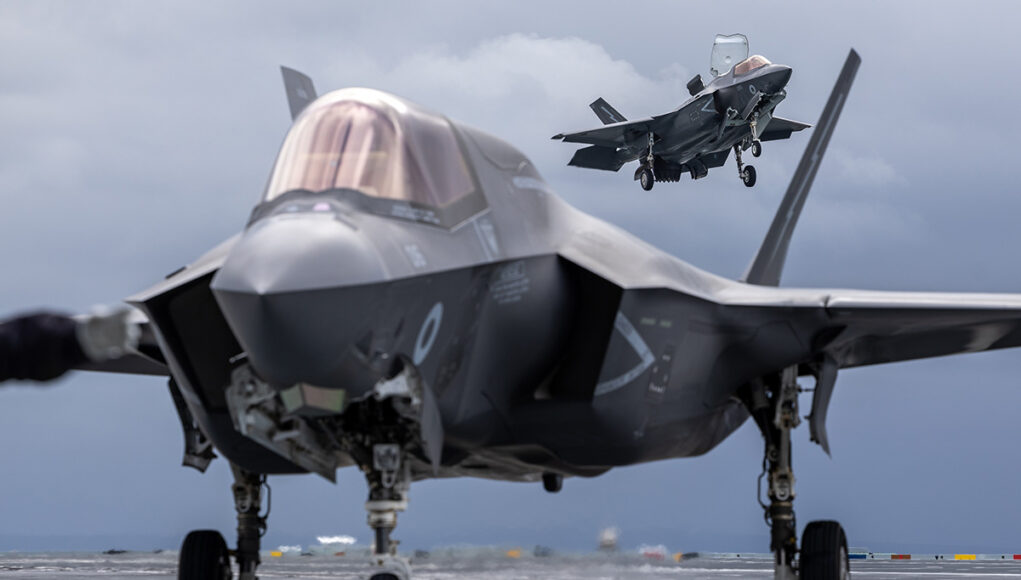
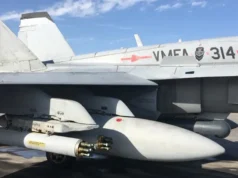

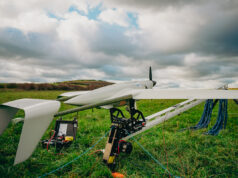
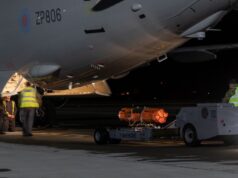

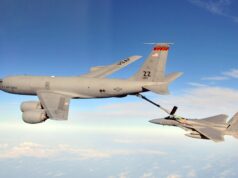
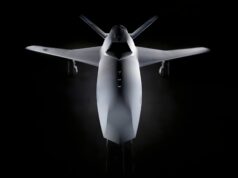

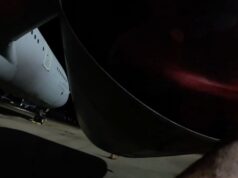
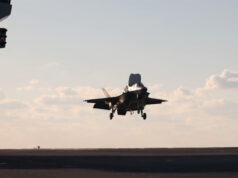

This is a massive failure that we are only just beginning to see. The seeming inability to integrate British weapons onto the aircraft is like buying a Ferrari without wheels. At the moment the British F35Bs can only be armed with short range AAMs, paveway bombs or dumb iron bombs. No beyond visual range AAMs & no standoff ground or maritime attack missiles. Obviously there is little point having a stealth aircraft if you have to get so close to a target that they can see you.
What has Italy got on their F35Bs that the RAF hasn’t and if any, why not? Same for the Typhoons.
And, with the RAF getting the F35A will they consider the gun pod for the F35B as it’s the same ammunition isn’t it? Might be useful once everything else has gone.
That is incorrect, The F35B can be armed with the AIM-120C or 120D AMRAAM, which is a BVRAAM. The F35B could be armed with stand-off air to ground weapons, but only US ones have been integrated so far. We could bite the bullet and purchase US ones. The recent announcement about the Stormbreaker 2 (SDB) is a way of mitigating the problem. Which would give the F35B some stand-off capability.
I think for now the MOD should bite the bullet and arm the F35Bs with JSASM- that would provide a heavy weight stand off capability to the Bs we have already purchased at considerable cost. It seems the UK armed forces are going to be stuck until the early 2030s with 60 F35Bs and 12 “Nuclear” F35As. We need to make the most of this force as seemingly we wont be getting more typhoons- unless the RAF bites the bullet and purchases some ex Spanish Tranche 2’s which would be a wise decision for a war reserve and to up our fast jet fleet at relatively low cost.
The Spanish typhoon fleet hasn’t had anywhere near the same flight hours and combat hours as the RAF typhoon fleet. Spending £1 billion as an offer to Spain for all their 32 tranche 2’s and maybe even some of their 19 tranche 3s would be a wise wise choice and exactly what the RAF needs to see the UK through to Tempest and potentially more F35As being ordered after 2030 (lots and production of the F35 programme are now set out to 2030 so even if the UK wants more F35s it cannot get an order in until then)
RAF F35Bs carry ASRAAM & AMRAAM and Enhanced Paveway 4. Which provides day/night precision strike against fixed and moving targets. One F35B can drop 6 Paveways onto 6 separate targets in one pass, if needed.
Given that HMG nets round 38% of GDP in tax that means from £22 billion in contracts the government has earned more tax from F35 than it has spent purchasing aircraft.
Jim,
“38% of GDP”? Really? Perhaps, 38% of acquisition cost?
its an interesting calculation- the 73 F35Bs and As now on order/ purchased equate to according to the National Audit Office £18.7 billion spend thus far, £11 billion on aircraft thus far but going up to £13.7 billion once the additional 27 are paid for. The total reported by NAO of 18.7 billion covers our R+D, purchase of aircraft, training, spares, infrastructure changes to RAF bases etc et. Yet the whole world-wide F35 programme has already brought in orders and manufacturing worth by a reasonable estimate some £98-£102 billion to the UK economy (if we estimate the tax burden in terms of VAT, tax on employees, salaries, corporation tax etc) then I think governmental earnings to date from the F35 programme equate to around £33 billion – now most of that will have been pissed up the side of a wall by the Tories with their creative accounting, but your point is correct Jim more has been taken by the government from the programme than we have contributed.
On a related note, I’ve read that spare parts for the F-35 remain the property of the US regardless of which country they’re stored in. Once the spare parts are mounted on an F-35 then and only then do they become the property of the nation which owns that jet. Earlier this year the US transferred F-35 parts from Denmark to Israel and the Danes couldn’t do anything to stop it since they didn’t own the spare parts, i.e. the spare parts were not yet installed on Danish F-35s so Denmark didn’t own them even though the parts were stored at a Danish air base.
As the former commanding officer of the RCAF stated in May, 2025:
“‘The problem with the F-35 is not with the aircraft, the problem is with its operating concept,’ former Royal Canadian Air Force (RCAF) commander Yvan Blondin said in a recent social media post. ‘The reality is that, without U.S. consent, no country can hope to operate the F-35 for long: the U.S. controls its operating software, updates, upgrades, maintenance, parts and armament.'” (from a CTV article entitled “F-35 spare parts will be U.S. property until installed on Canadian planes” posted May 17, 2025).
The F-35, a great plane, but read the fine print!
Are any bulk spare parts held in the Italian F35 assembly hub? Are they doing anything about building up a pool of spares, or is mostly JIT inventory? And after the debacle with the F35B stranded on Kerala!
I don’t know about the situation at the Italian assembly plant. What I do know is that the F-35 Joint Program Office has let Lockheed Martin control access to spare parts (and software) to the point that this impinges on the ability of sovereign nations to control their own access to F-35 spare parts. I would think that any spare parts held at Cameri, Italy are US property since, as I understand things, any spare parts for the F-35 which are produced in any country are the property of the US government until installed in an F-35.
The GAO (the Government Accountability Office of the US Congress) stated in 2023:
“The Department of Defense’s (DOD) F-35 Joint Program Office does not oversee or account for spare parts in its global spares pool that have been accepted and received by the government and are located at non-prime contractor facilities. The F-35 Joint Program Office does not track or enter these spare parts into an accountable property system of record that would enable it to capture and store real-time changes to property records. Currently, the prime contractors maintain this information.” (see GAO-23-106098)
The last sentence in this quote is key as it indicates that LM has more access to accurate spare parts databases than does the Pentagon. The US military has essentially privatized the maintenance of a front-line fighter aircraft.
Correct, once the parts are exported they are the property of the US. The whole thing being controlled by LM. Their abysmal performance is one of the reasons F35b has such poor availability. It might even be why one of them sat in India for so long. Our so called sovereign carrier capability is therefore a joke. Not unlike our sovereign nuclear deterrent. Basically we are a vassal state in that regard.
Did anyone genuinely expect the uni-party politicians, civil service and military to get this programme right? They screw up every project they ever touch. Meanwhile the tier one’s, the BAEs the Babcocks the EYs the PWGs are laughing all the way to the bank. It is nothing short of institutionalised incompetence.
Not that it matters if the UK finds itself at war. The indiginous population are rapidly falling out of love with this country and the line of volunteers to fight and die for Britain will be very short.
The uniparty politicians have incredibly managed to break everything.